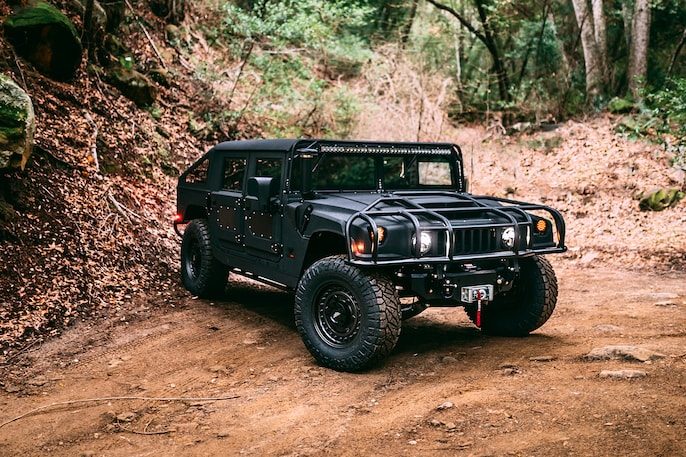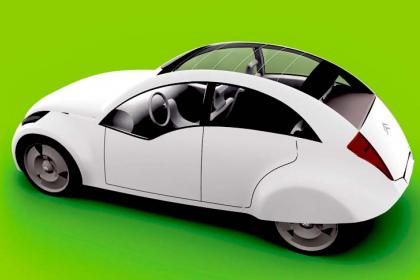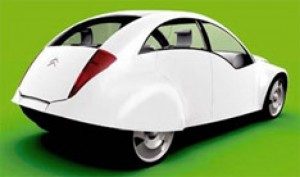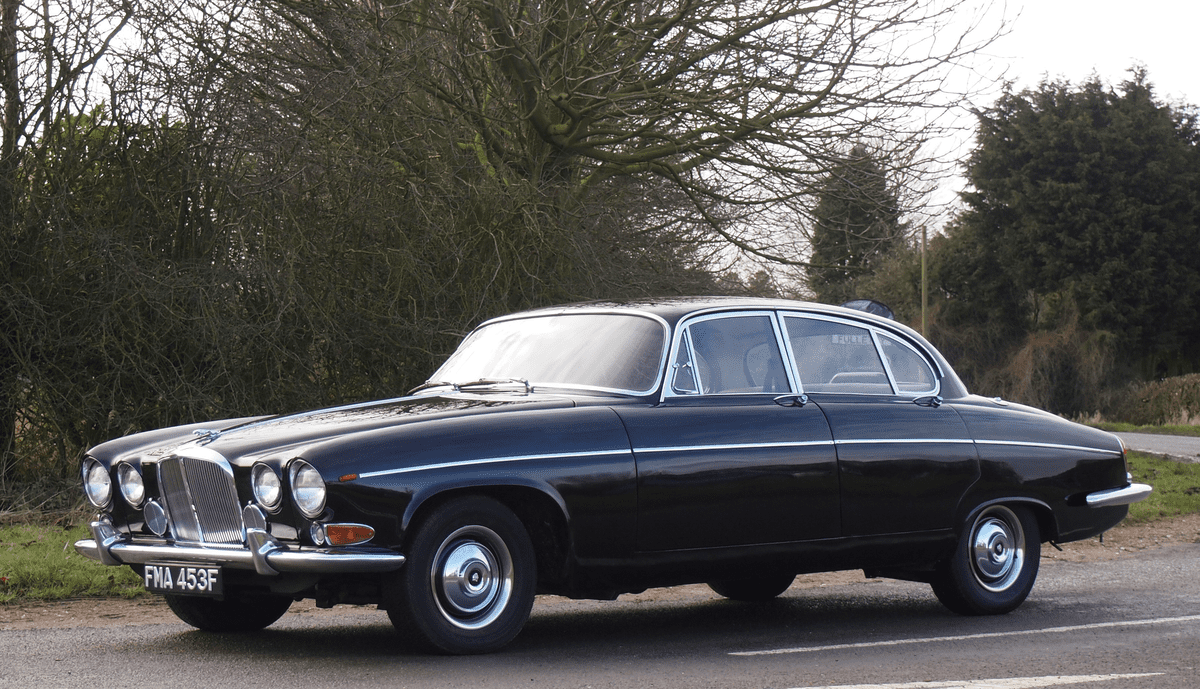'65-'66 Mustang fastback. While I generally prefer the look of almost any other Mustang from '67 on up, seeing the original in vintage race guise makes me go completely weak. I'd give it the Voodoo engine out of the new GT350, go Pro Touring on the handling (hopefully without losing
too much of that classic meaty sidewall... I know, brakes...), and keep the exterior look as period as possible. It almost pains me to say that some full-size modern buckets would make their way inside and ruin that non-headrest look, but I wouldn't much enjoy snapping my spine in an accident.


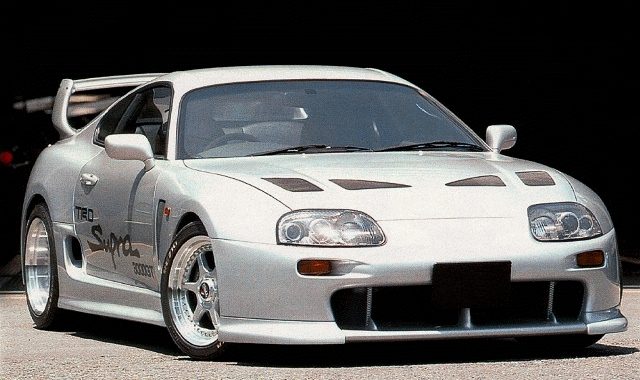

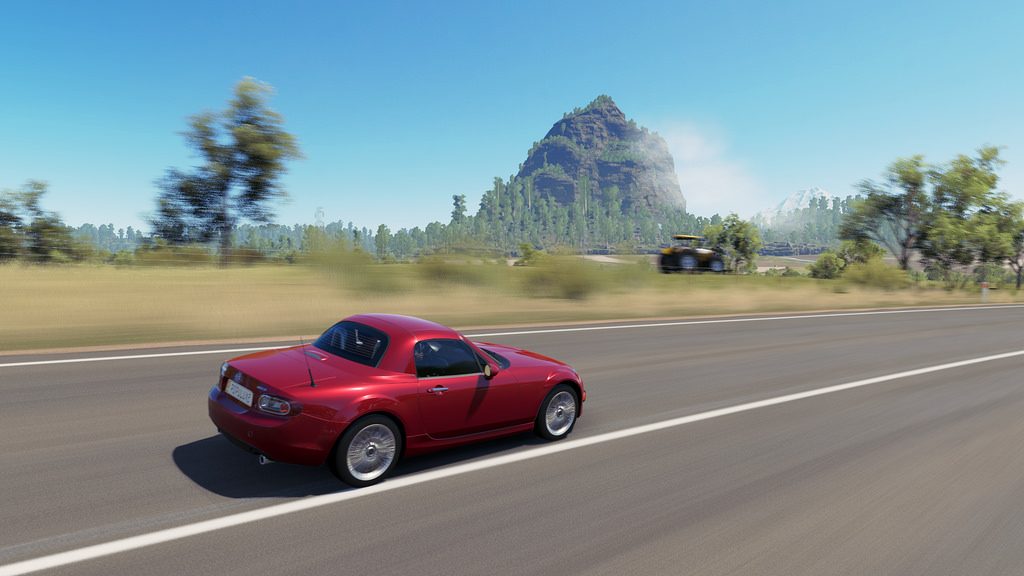








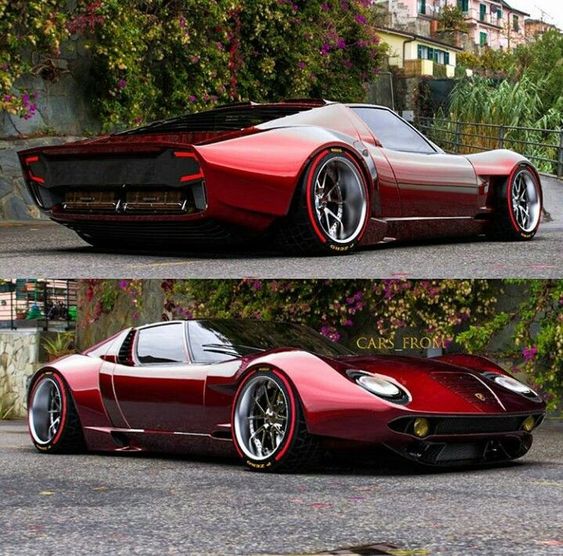
 That looks modified enough to hopefully not be a butchered original Muira
That looks modified enough to hopefully not be a butchered original Muira 
